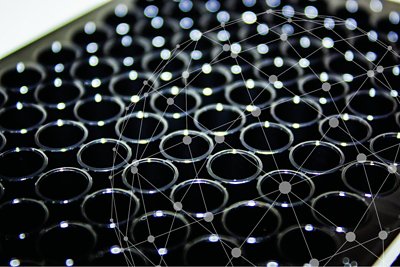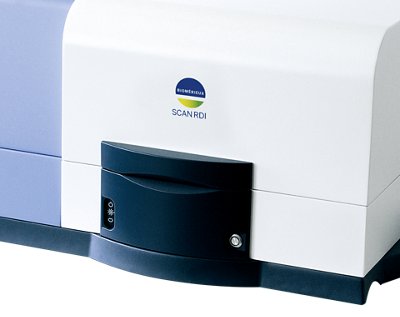2024 Top Trends for 503B Compounding Pharmacies
There are several leading trends reshaping the compounding pharmacy industry in recent years that we expect to impact the 503B outsourcing facilities in 2024 and beyond. To have a more accurate assessment of the 2024 trends in 503B outsourcing facilities, we consulted industry experts and publications, and here is what we learned.
Top Trends in 2024
Trend 1. Increased Regulatory Oversight
Compounding pharmacies have been subject to increased regulatory scrutiny in recent years, with the aim of ensuring patient safety and product quality. This trend is likely to continue as regulatory authorities focus on enforcing stricter standards for compounding practices.
According to an industry expert, Tony Cundell, PhD, Microbiological Consulting, LLC, this trend is partly true. “The 503B compounding facilities must be registered with the FDA and this triggers regulatory inspections with almost every facility receiving multiple 483 observations, some getting warning letters and a few exiting the business,” Cundell pointed out. “503A sterile compounding pharmacies are regulated by State Pharmacy Boards and are only subject to FDA inspection for cause.”
According to Vivian D. Nguyen, Manager, Quality Visual Inspection, QuVa Pharma, she expects regulatory oversight to continue as it pertains to 503B outsourcing facilities. "I see Visual Inspection as one of the top trends for the 503B Compounding Pharmacy because it serves more than just a regulatory requirement. It’s a key factor for Quality Management strategy to minimize patient risks and maintain product Integrity," said Nguyen.
Trend 2. Emphasis on Quality Assurance
Quality assurance will remain a primary focus for 503B compounding pharmacies. Implementing robust quality control measures, conducting regular testing and inspections, and adhering to strict standards will continue to be essential for ensuring the safety and efficacy of compounded medications.
“Growing their compounding capability and sales may be their primary focus. GMP compliance is a major hurdle for 503B facilities,” said Cundell. “I discussed this in my article, Establishing a Robust Quality System in a 503B Outsourcing Facility, in American Pharmaceutical Review.”
Trend 3. Advanced Technology Integration
Compounding pharmacies are likely to adopt advanced technologies to enhance efficiency and accuracy in compounding processes. Automation, robotic systems, and digital platforms may be utilized to streamline operations, reduce errors, and improve overall productivity.
“I believe most sterile compounders use aseptic manipulation in a laminar flow hood or filling lines using Restricted Access Barrier Systems (RABS). Robotic compounding equipment is coming available and is slowly being implemented,” noted Cundell.
Trend 4. Customized Medications
The demand for customized medications is growing, and compounding pharmacies are well-positioned to meet this demand. Compounded medications can be tailored to individual patient needs, such as adjusting dosage forms, strengths, and combinations to optimize treatment outcomes.
“As pharmaceutical manufacturers limit their product formulations and dosage sizes for the approved indications, sterile compounding pharmacies do customize their compounding more to the needs of an individual patient in terms of preservative, potency and packaging,” noted Cundell. “Also, they fill the gap in demand when a drug product is in short supply,” he added.
Trend 5. Collaborative Healthcare Approach
Compounding pharmacies are increasingly collaborating with healthcare providers, including hospitals, clinics, and physicians. This collaboration aims to ensure seamless integration of compounded medications into patient care plans and improve communication between healthcare professionals.
Larger hospitals and hospital systems have developed inhouse compounding directed to their clinical needs and supply concerns or have contracts with outside compounders. Some hospitals discontinued inhouse compounding by the operational and compliance demands from USP <797> or GMP regulations. "It got too expensive,” Cundell pointed out. “Also, 503A facilities may be restricted to supplying in-state hospitals or clinics. Often this can be a race to the bottom in terms of prices driven by hospital purchasing agents.”
Trend 6. Expansion of Services
Compounding pharmacies may diversify their services beyond traditional compounding to offer additional healthcare solutions. This may include services such as medication therapy management, specialty medication compounding, nutritional support, and hormone replacement therapy.
“I believe this to be true,” affirmed Cundell.
For more information on regulatory developments related to 503B outsourcing facilities, we recommend these articles:
Register for The Compounding Pharmacy Insider
Your 503B Quarterly Newsletter


